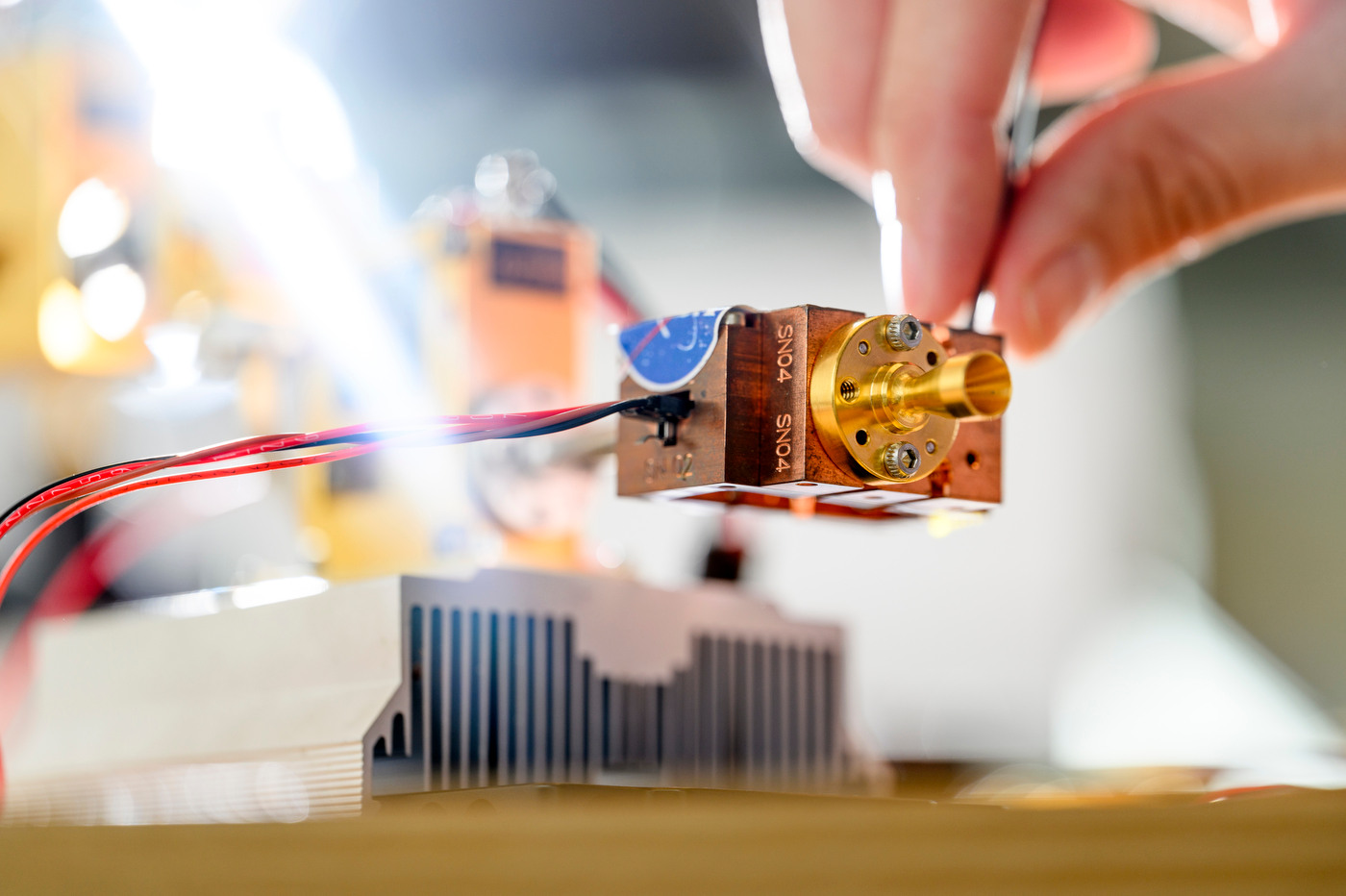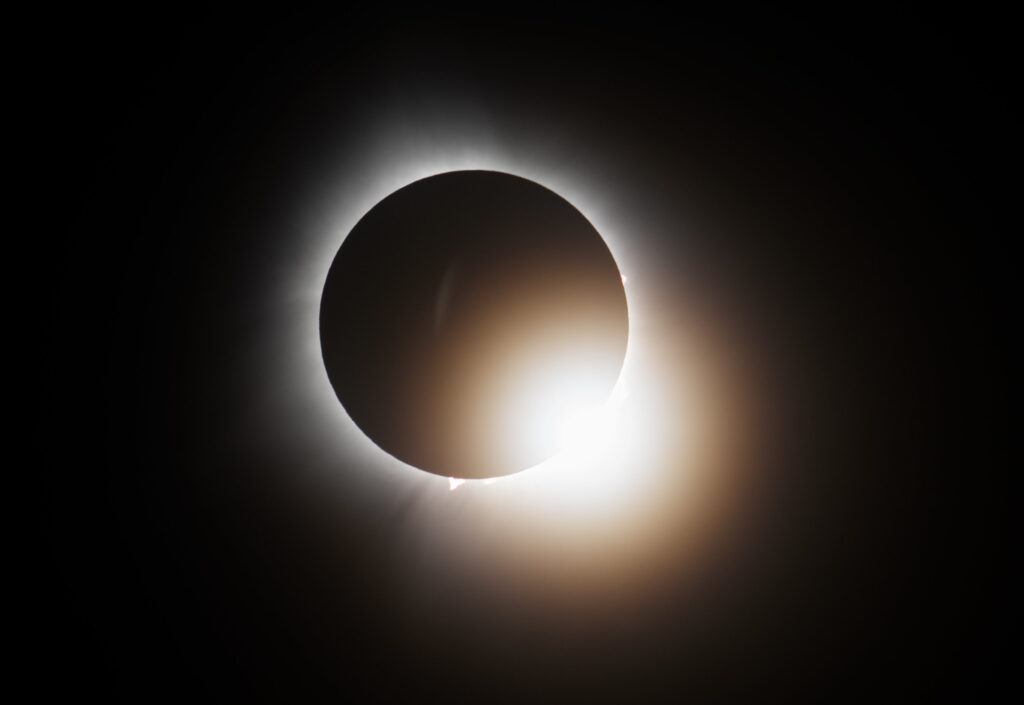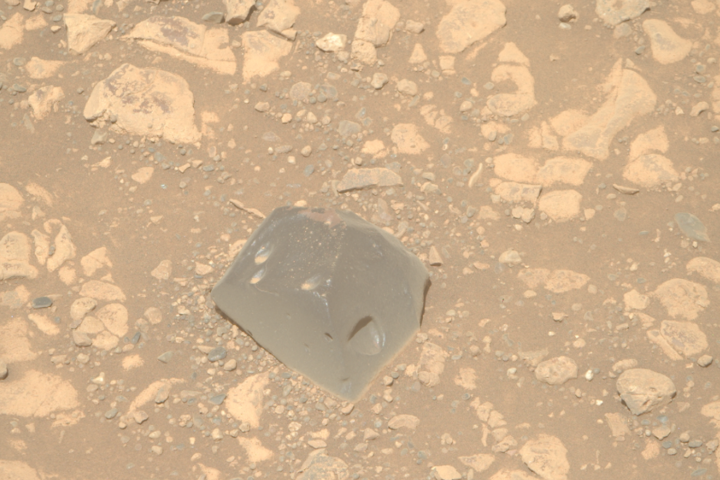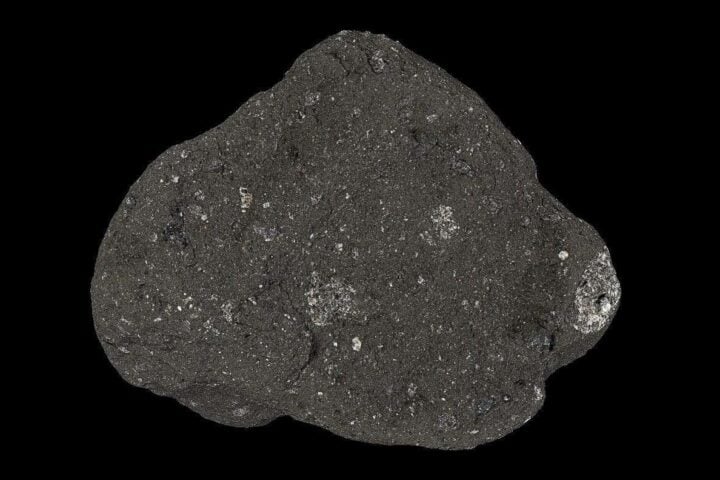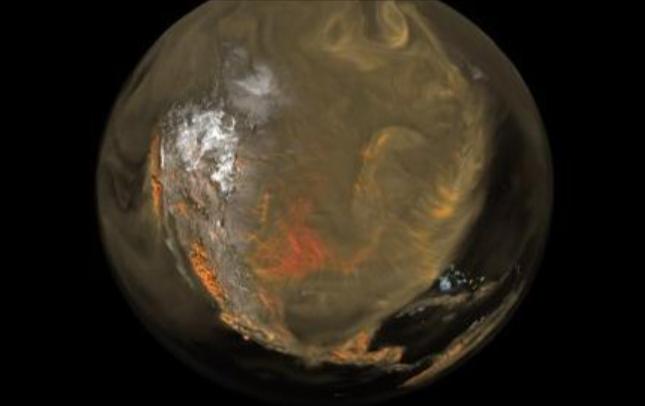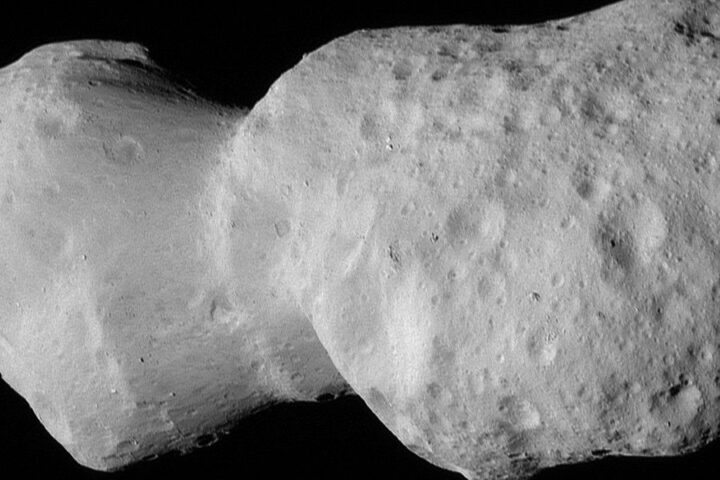In a world already saturated with satellite internet ventures, Northeastern University’s engineering team has embarked on an ambitious project to develop what they claim will be the world’s first sub-terahertz (sub-THz) wireless satellite network testbed. The project, scheduled for launch in 2027, aims to transform space-based communications.
The Technical Core
Professor Josep Jornet, who heads Northeastern’s electrical and computer engineering department, leads this NASA-supported initiative. “Those satellites will not just be serving a country, including the rural areas or the underpopulated areas, but they will effectively be covering anywhere in the world,” Jornet states.
The project utilizes terahertz band (THz) technology. As Jornet explains, terahertz technologies offer significantly faster data speeds than current cell phone or laptop communications, which operate at lower gigahertz frequencies.
Project Architecture and Timeline
The 2027 launch will deploy two test satellites. Brian Hulbert, program lead for Project Horizon, notes: “This project could have far-reaching impacts in the future, assuming we can get it to the state-of-technology readiness after we launch the satellite.”
The testing procedure follows two phases:
- Inter-satellite communications as the satellites drift apart
- Ground station communication tests
Technical Considerations
The sub-THz technology promises ultra-high data speeds necessary for the transition from 5G to 6G networks. This advancement could enable real-time interactions through audio streaming, video streaming, or both, according to Jornet.
Current Market Context
The project enters a competitive field. Apple and Google already provide basic satellite connectivity for emergency messages. SpaceX’s Starlink offers broader internet services. The sub-THz approach represents a new direction in satellite communications technology.
Collaboration Framework
The project combines expertise from:
- Northeastern University’s engineering faculty, including electrical and computer engineering professors Tommaso Melodia and Ken Duffy, and mechanical and industrial engineering professor Andrew Gouldstone
- Student satellite club Project Horizon
- Morehead State University
- NASA’s CubeSat Launch initiative
More Stories
Applications
The project aims to:
- Provide high-speed internet access to remote areas
- Maintain connectivity during environmental disasters
- Enable faster satellite communications
Expert Analysis
Professor Jornet explains their testing approach: “If everything goes fine with this proof of concept, we show people that this can work in space, but more importantly, we get channel information. We can understand what happens to our signals, which means that we can start designing. We start optimizing our communications for space environments, not just for ground communications.
“The project’s testing phase will first verify the satellite‘s communications system functionality before transmitting actual data. These insights will then inform applications for remote internet access and disaster response communications.
